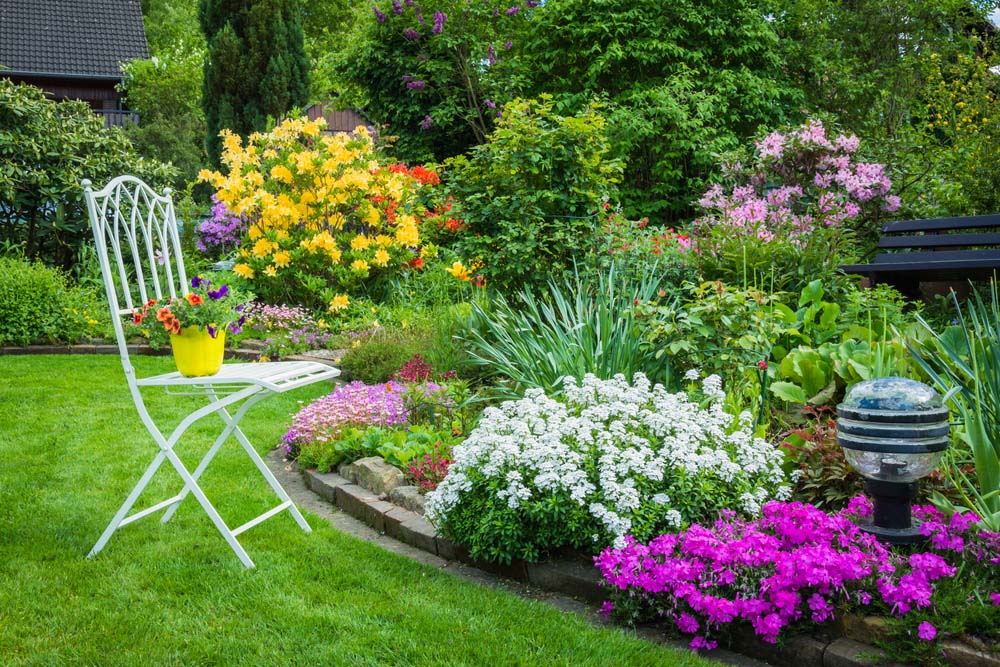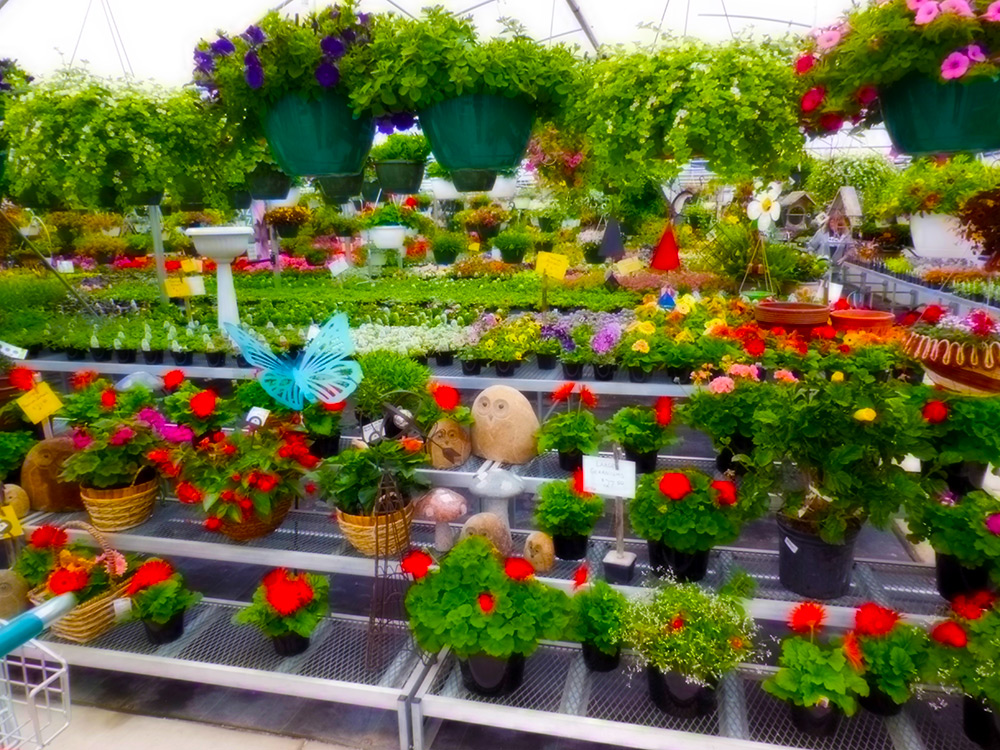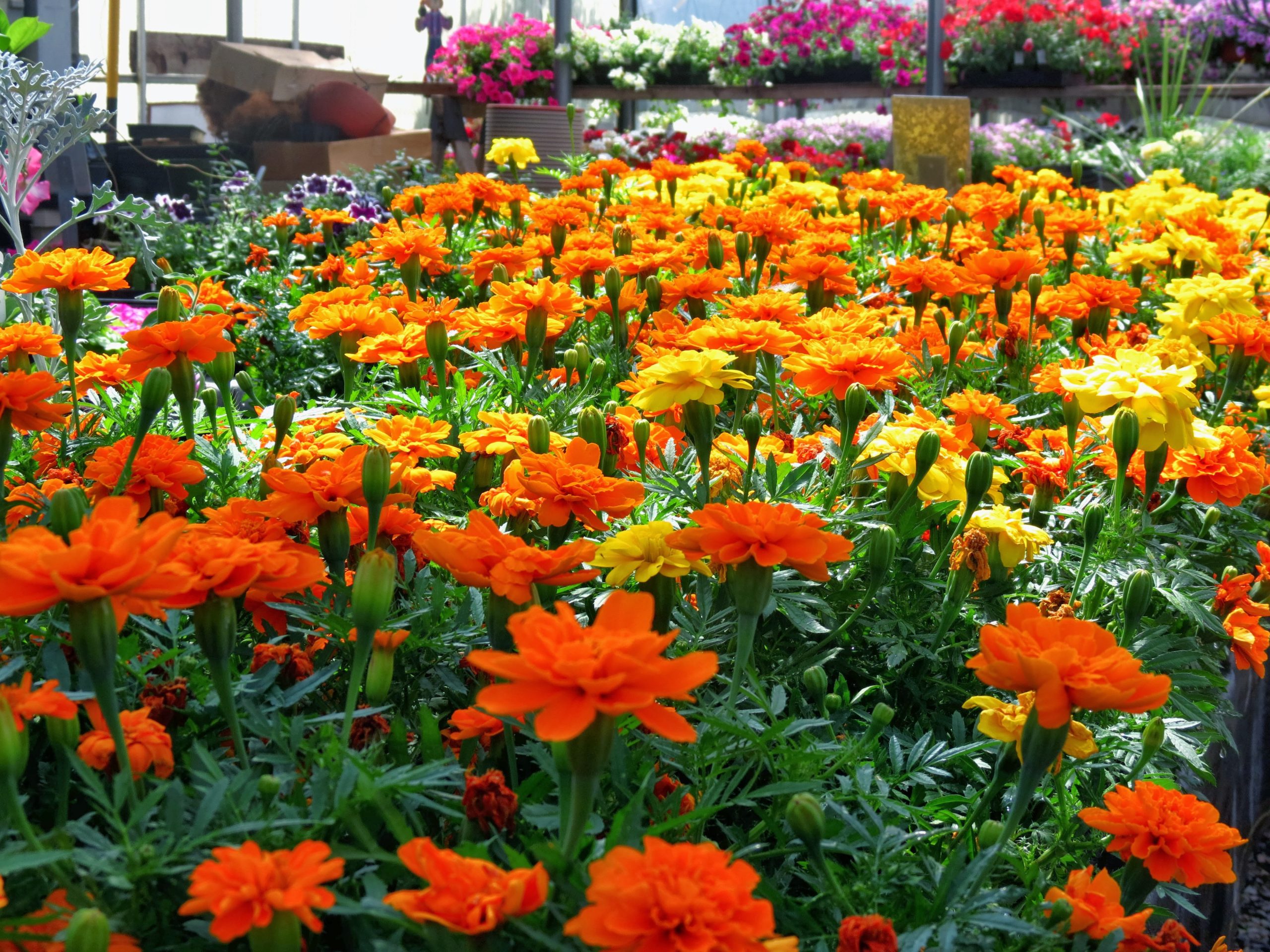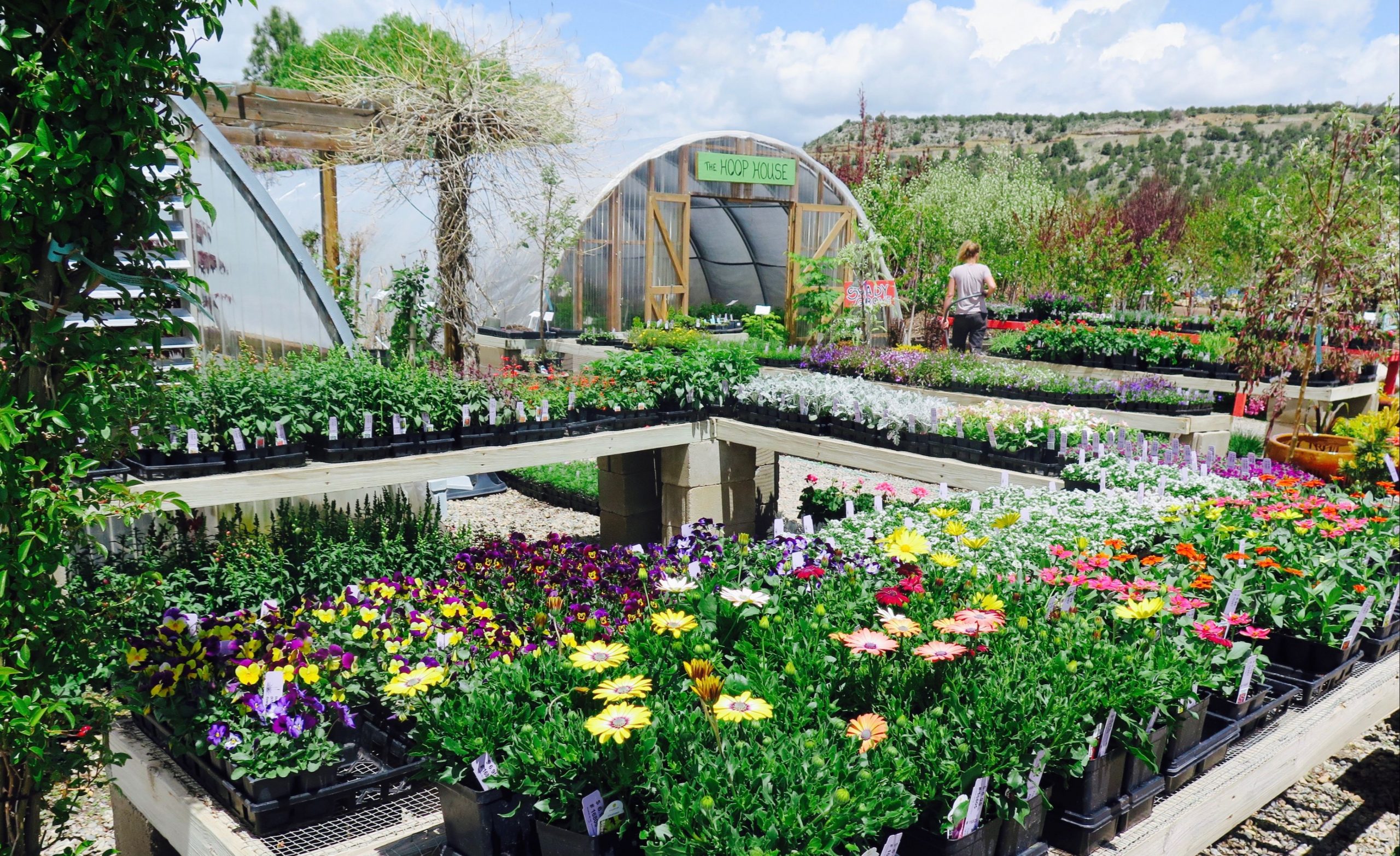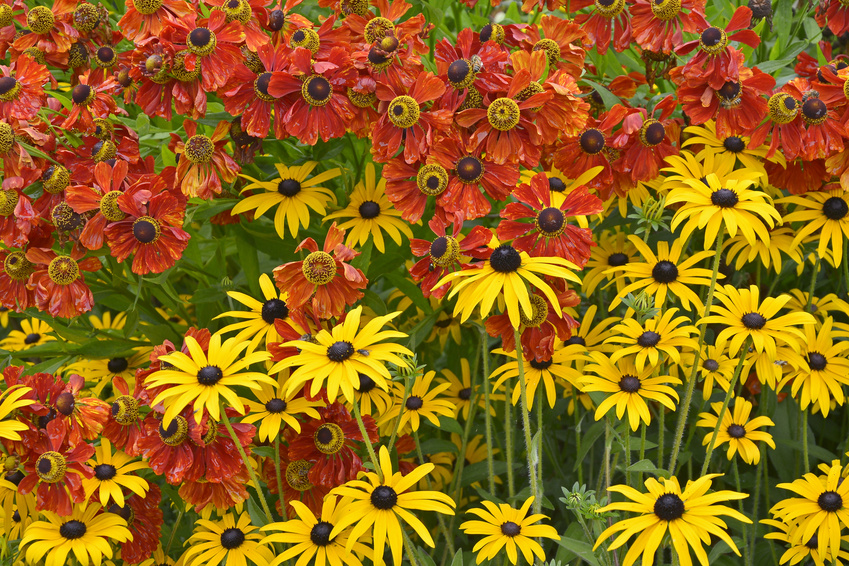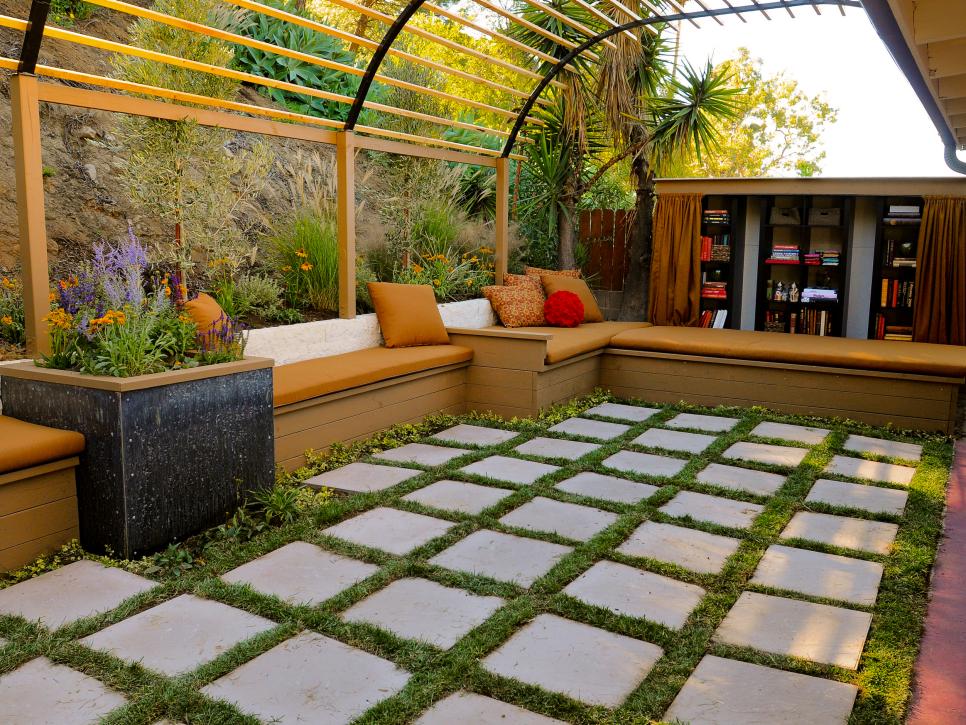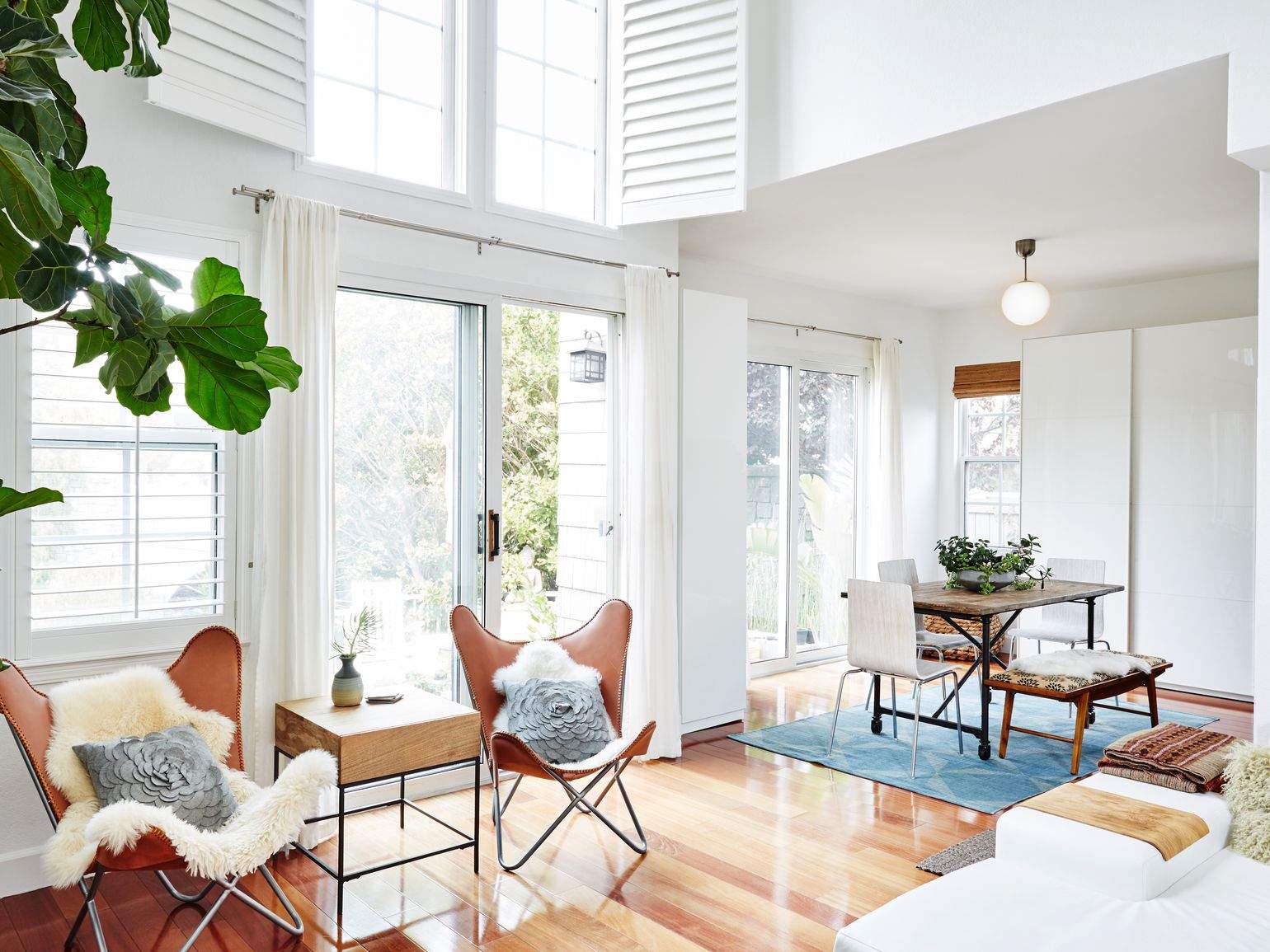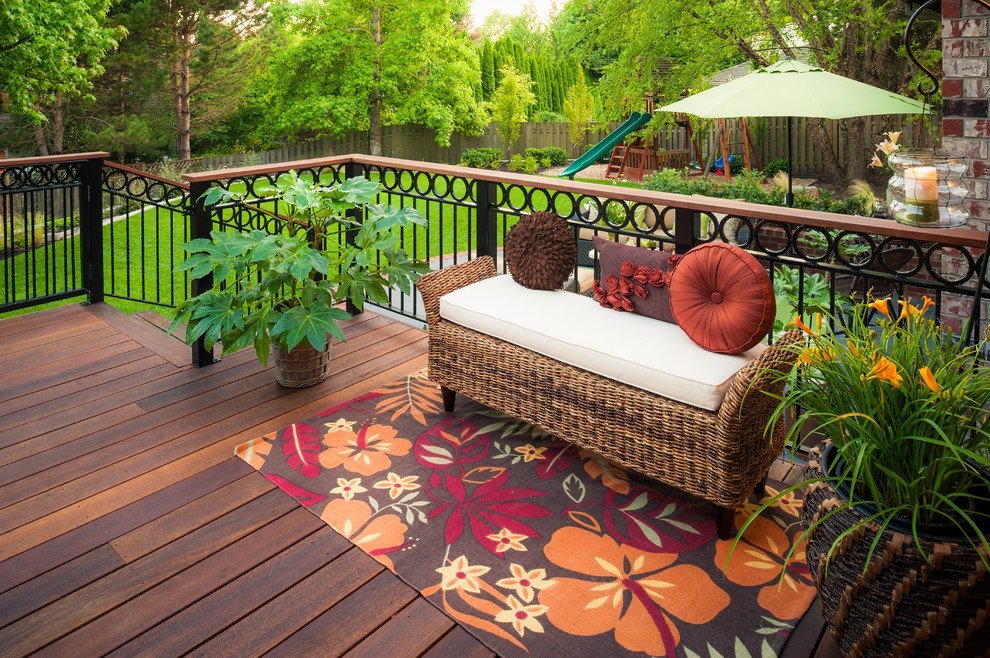Every plant specialist has its own arrangement of gardening rules that relate to certain foreordained gardening styles. In the event that you realize your gardening style and on the off chance that you can apply that style to make a natural nursery, at that point, you have essentially caught an edge over other gardening fans. Yet, in the event that you don’t have a gardening style that you can apply to natural vegetable developing, at that point you could be at a solid burden. What are the various styles of gardening that really apply to fruitful natural vegetable collecting? Here is a portion of the sorts that you could consider:
Private Gardening
This is the most well-known of all gardening procedures. It is frequently alluded to as “terrace gardening”. In the event that you are only a tenderfoot and not regularly experienced in vegetable gardening, at that point private gardening is your best approach. The basic role of the private nursery is to sustain a family. A relentless stockpile of home developed vegetables cannot just bolster your family now, on the off chance that you comprehend canning and safeguarding, your nursery can sustain your family long after the creation time of your nursery has finished.
The second intrigue of private gardening lies in its tasteful intrigue. Your nursery can add shading and profundity to your scene. It is very changing to perceive what was once just grass, a wooden deck, or a solid gallery form into an eye satisfying model.
Private gardening doesn’t require a lot of room. A window ledge, deck, gallery or another little territory that has adequate light can without much of a stretch produce a little crop. These little limited territories are anything but difficult to screen and simultaneously, simple to keep up. Shielding your nursery from nuisances is a lot simpler in a littler zone. The incredible thing about private gardening is the simplicity with which it changes the gardening wannabe into the gardening proficient. It takes the new kid on the block, having no information on planting, developing, and collecting, to a degree of understanding where other gardening styles become the fantasy and the probability.
Particular Gardening
Particular gardening typically includes non-local locations. Normal instances of particular gardening incorporate event congregations, professional flowerbeds, zoos, business arranging along roadway right of ways, and some more. Making the scene progressively appealing is by all accounts the most widely recognized hidden topic of the specific nursery. These arranging tries are once in a while the duty of a solitary individual. Regularly a staff of botanists and planters cooperate to keep up the nursery’s tasteful allure. These nurseries are regularly made to help or convey income to their proprietors or the associations supporting them.
Particular plants once in awhile sports vegetables like corn, tomatoes, potatoes, peas, or beans. They, in concurrence with their sort, center more on the uncommon or rarer kind of greenery. Special blossoms, bushes, even trees are frequently found in these territories. Be that as it may, when a specific nursery focuses on vegetable planting, wide line procedures, and sowing seeds in a wide band as opposed to in a solitary line, are frequently applied.
Effect Gardening
By definition, sway gardening centers around capitalizing on a little space. It includes utilizing a moderately little gardening region and discovering approaches to amplify its gardening potential. So as to achieve this target, plants are deliberately composed and methodically planted in a “swarmed” design. This kind of gardening requires essential information on plant types; annuals, perennials, bushes, trees, and even ground spread. Understanding the sorts of plants generally fit the earth and the atmosphere is fundamental to fruitful effect gardening.
Effect gardening requires arranging. A heedless methodology won’t work. A format of which plants will be put where is central to fruitful effect developing. The best approach is to really draw out a schematic of the nursery naming explicit territories and afterward filling those zones with the suitable plants. These structures or overviews ought to be as itemized as conceivable to incorporate plant points of interest and cost investigation.
There are four essential strides to effective effect gardening.
Stage one, study space for the garden and separate the particular site. It is ideal to have the long side of the plot lined up with the sun, from east to west. This helps shield the plants from consuming in the mid-year warmth and demolishing your harvests.
Stage two, plan the nursery. It ought to be alluring yet keep up its usefulness.
Stage three, make long meager beds, eight feet longer than they are wide. This makes it simple to weed and plant. Fabricate the bed outlines out of long 2×8’s. In the event that you make a few, you can lay them start to finish, parallel to the sun.
Stage four, use soaker hoses to water. Spot them all over the lines, around one foot from the edges of the bed.
Indoor Gardening
Developing plants inside isn’t just a science, it is craftsmanship. This kind of gardening can be as little as a couple of pruned plants kept on the footstool or approach the front entryway, or as enormous as a nursery with a large number of plant assortments housed in an atmosphere controlled condition. These nurseries or centers are planned and worked with controlled frameworks for warming and cooling, whatever the plants require. Sadly this hot-house sort of gardening is increasingly reasonable to the business producer due to the cost factor included.
For the property holder, the best advantage of indoor gardening is the basic truth that plants can be developed all year, totally free of outrageous climatic conditions like warmth, cold, wind, or downpour. Light is the most widely recognized constraining element for indoor gardening. Most plants don’t do well inside, so it is essential to coordinate the light needs of a specific plant with the measure of light you can offer it. There are three general light classes – high, medium and low light. A simple method to quantify how a lot of light is in a specific territory is to utilize a light meter, which is commonly accessible at nearby nurseries or essentially hold your hand between the wellspring of light and the spot where the plant is to be set. The measure of the shadow gives a harsh sign of accessible light. In the event that there is no shadow or in the event that a shadow is hard to see, at that point that means that low light.
Water Gardening
In the event that you like low supervision gardening and love fish and sea-going plants, at that point, water gardening is your style. Maybe the most significant thought in water gardening is area determination. Most oceanic plants and fish need a lot of suns, so a spot that gets 6-8 hours of direct daylight is your most solid option. Pick a site away from tall bushes and trees. This site will at that point give the best lighting and ideally anticipate the aggregation of leaf flotsam and jetsam on the lake surface.
Arranging is by and by significant. Ensure you apply both the presence of mind and some essential gardening standards to your site plan before you start development. Think about the general size of your property, the size of your site choice, and your capacity to keep up your nursery before you scoop the primary scoop of soil. It’s implied, little lakes are best for little properties. A holder on a deck might be all that you need as per the space you have accessible. Highlights like cascades shake work, lighting, and wellsprings are spending subordinates. They may include style, however, they could be excessively expensive.
Oceanic plants should cover close to 50 – 60 percent of the water surface. Some are free coasting while others are peripheral or halfway submerged. The choice relies upon lake size and your own inclination. Water lilies are prevalent and can include show and scent even in little gardens. A few plants oxygenate the water and they help keep the water clear and the pool solid. Fish can be a gainful expansion, in light of their rummaging exercises. They normally tidy up flotsam and jetsam that would some way or another amass in the nursery. They additionally can help control mosquito hatchling and another creepy-crawly advancement.
Network Gardening
Network gardening is turning out to be very prevalent particularly in profoundly populated urban zones. It includes concentrated endeavors from various individuals from the network to help plant, keep up, and afterward reap a nursery. It is a gigantic endeavor, however, the individuals from the network are offered self-governance to style their regions in however they pick. Locally, the Ace Gardner program, through nearby Rural Expansion Administrations, can give the perfect climate to a network to plant a nursery, keep up its respectability, and collect its produce.
Neighborhoods pull together and change empty parcels into green space. Building inhabitants accumulate on housetops to plant and develop vegetables. Everybody partakes in the duty and the collect. This is network gardening in its most flawless structure. These people group gardens are an extraordinary method to get the two youngsters and grown-ups engaged with decorating the area while simultaneously working with nature.
Regardless of which style suits your needs best, it very well may be successfully applied to natural gardening. Each gardening style requires some level of arranging and site readiness. When planting is finished, the real work of gardening starts. Thinking about the plants in your nursery is fundamentally the same as thinking about your pets. They need customary nourishment and water. Their space should be cleaned or weeded consistently. What’s more, the more consideration you give them, the more they react and produce.

